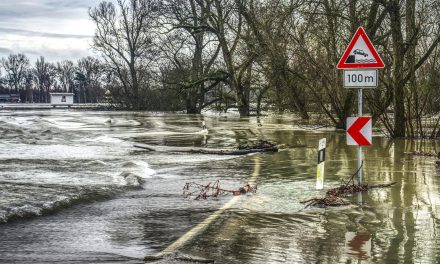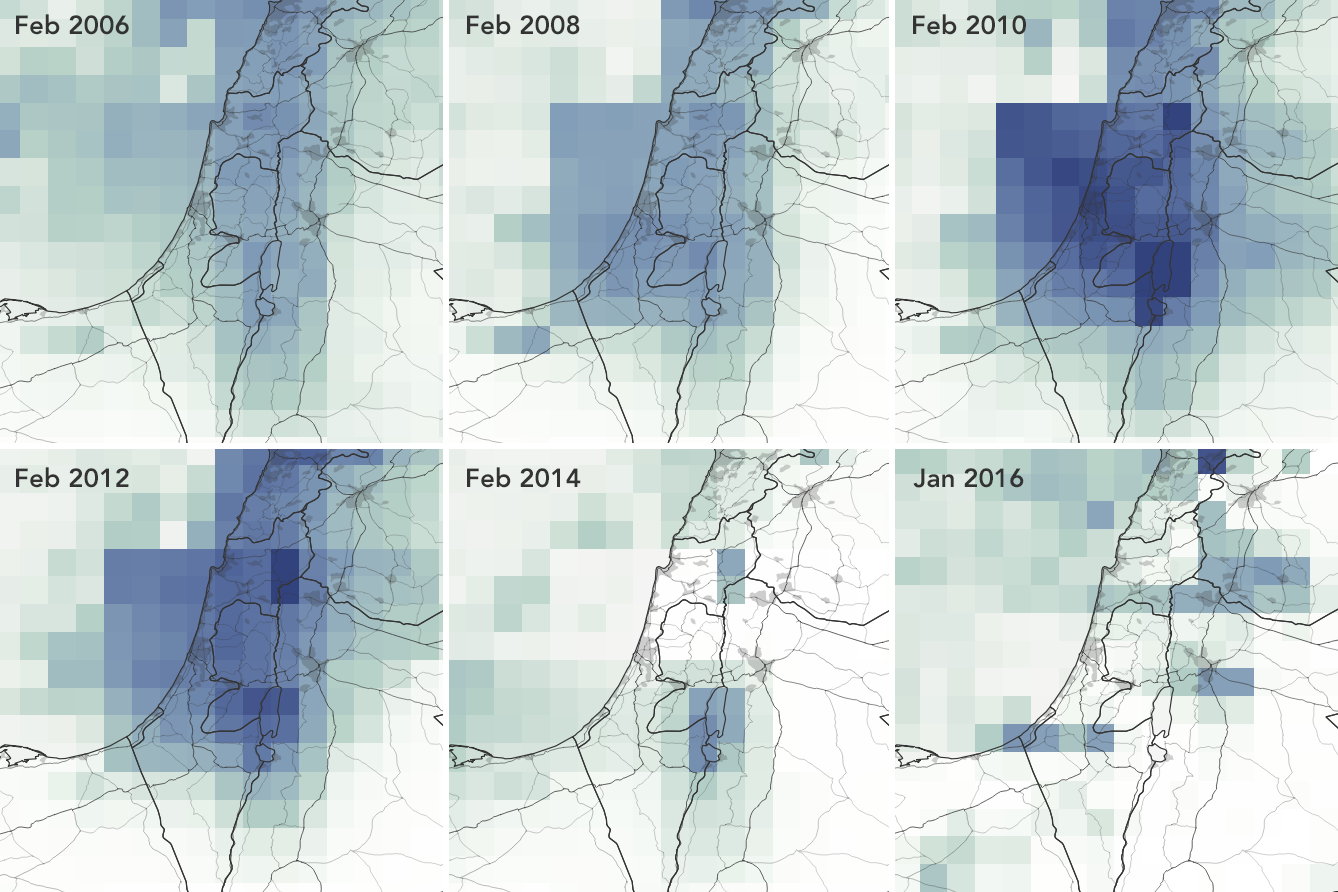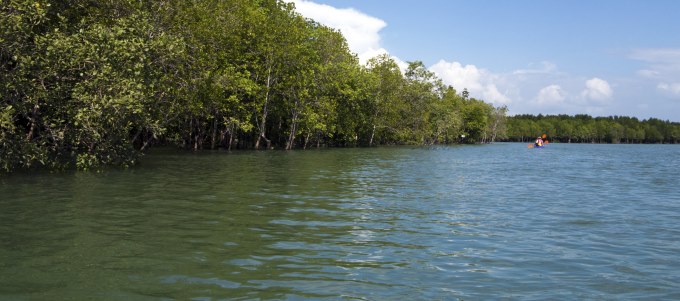
Coral reefs could help some coastal communities reduce the effects of climate change. Image Credit: Richard Ling via Wikimedia Commons
According to a recent analysis by Reuters, coastal flooding along the eastern U.S. has increased dramatically over the past four decades with triple the number of days per year that tidal waters reached or exceeded National Oceanic and Atmospheric Administration flood thresholds. Water now reaches flood levels on average 20 days per year in many major cities along the East Coast.
In response to increasing flood potential, storm intensity, and sea level rise, the Obama Administration has pledged to make communities climate-ready and storm resilient. Secretary of the Interior Sally Jewell announced in mid-June $102.7 million in funding for 54 projects along the Atlantic coast that will restore wetlands and other natural areas and better manage stormwater using green infrastructure. See a list of projects receiving funds.
According to the Chesapeake Climate Action Network (CCAN), the coastal area of Hampton Roads is “ground zero” for climate change in Virginia, with sea levels projected to rise 2 meters (6.5 ft) or more by 2100, which is much higher than the global average. According to the most recent Intergovernmental Panel on Climate Change assessment report, the sea is expected to rise 52 to 98 centimeters (20-39 in) globally by 2100. Funding climate preparedness will not be easy, but a new report released July 9 by CCAN states that Virginia could raise $200 million per year for coastal resiliency by participating in a carbon emission cap program, the Regional Greenhouse Gas Initiative.
Developing small island states, home to 63 million people, also are extremely vulnerable to climate change, particularly in the Caribbean and West Pacific. On these small islands, sea level rise is occurring much more rapidly, and it is becoming a key driver of migrations.
One possible mitigating factor for some of these coastlines and island nations may be coral reefs. A study published in Nature Communications in late May touts the benefits and cost effectiveness of coral reefs as a means of protecting the shoreline. According to the study, coral reefs reduce wave energy by an average of 97%. Study authors also found that the median cost for building artificial breakwaters is $19,791 per meter, compared to $1,290 per meter for coral reef restoration projects. According to researchers, there are 197 million people worldwide who can receive risk reduction benefits from coral reefs alone. This same group may have to bear higher disaster coasts if the reefs are degraded. Communities in low, risk-prone coastal areas below 10-m (33 ft) elevation and within 50 km (31 mi) of coral reefs are most affected by coral reef health.
The study, led by an international team of researchers from the University of Bologna, The Nature Conservancy, U. S. Geological Survey, Stanford University and University of California–Santa Cruz, provides the first global synthesis of the contributions of coral reefs to risk reduction and adaptation across the Atlantic, Pacific, and Indian oceans.






